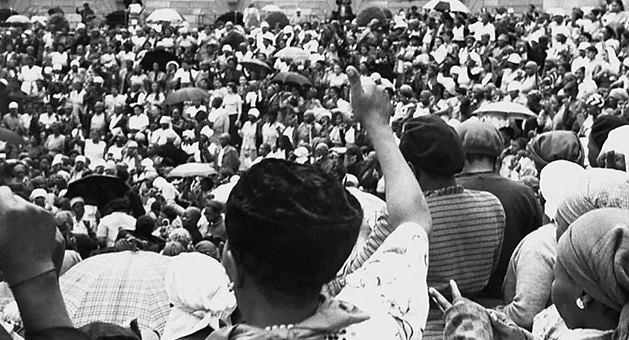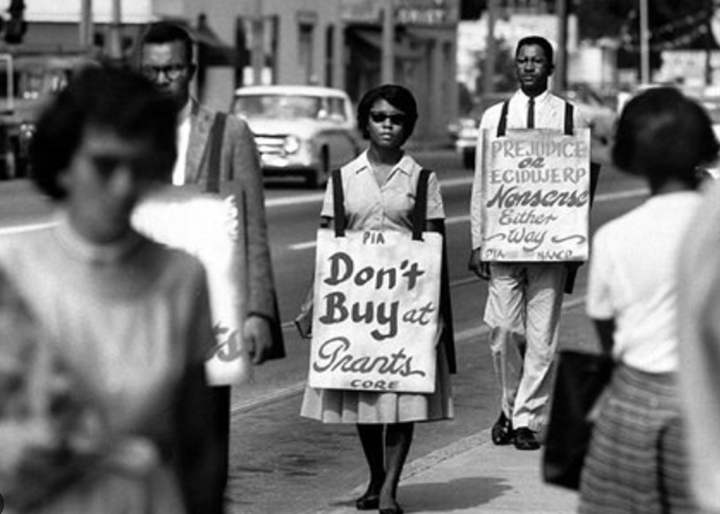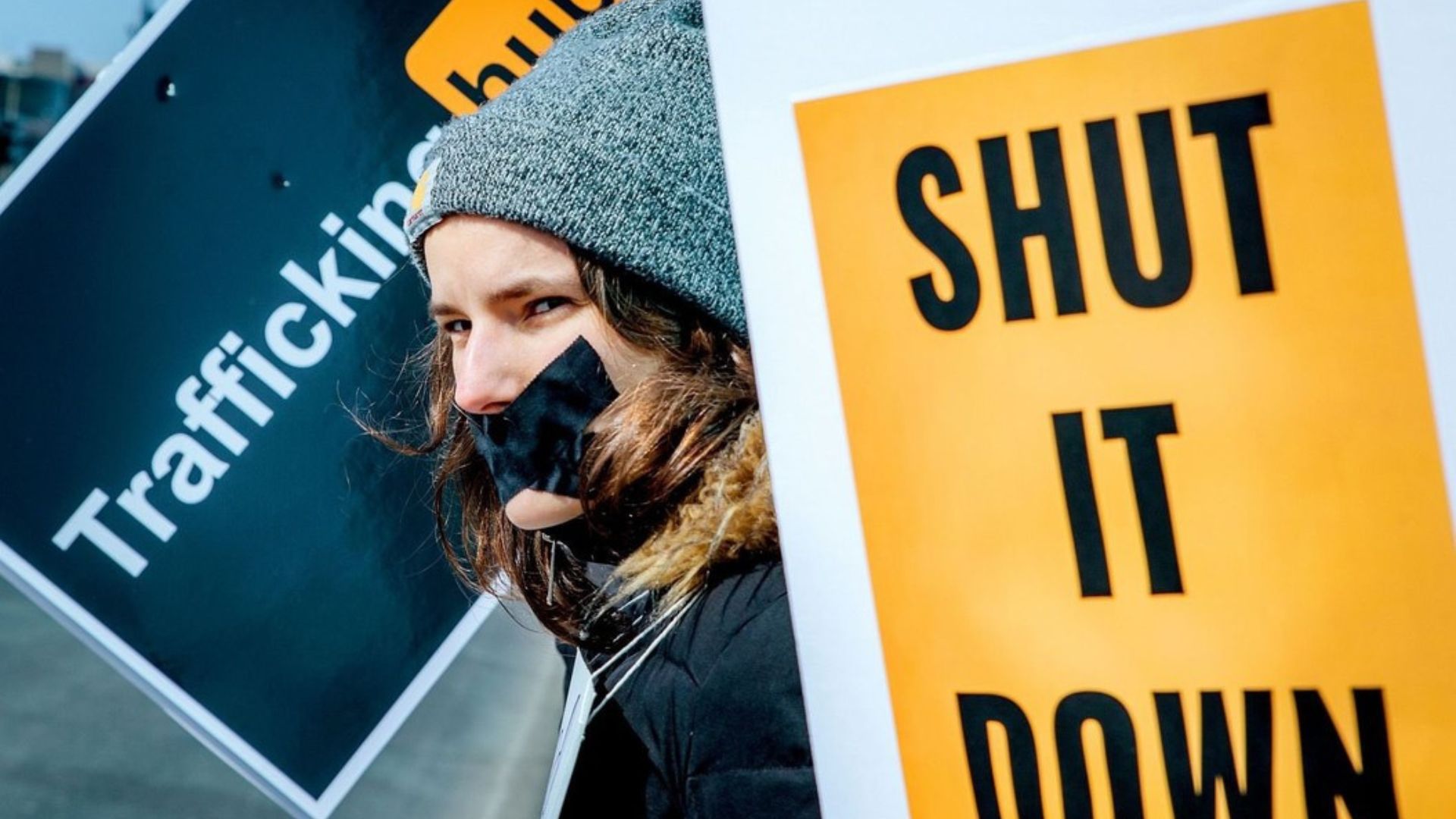|
Getting your Trinity Audio player ready...
|
Activism is intentional, collective action advocating for social, political, or environmental change, often driven by passion, justice, and equality. It wasn’t always about politics. In my early years, I was inspired by environmental activism and social justice movements. As I grew older, though, my political interests shifted toward social change through nonviolent struggle. For me, becoming politically engaged has meant taking part in the struggles of marginalized groups. I believe that the power of our collective actions lies in the way they connect us. A connection with larger systems of oppression as well. When we act together, we create new possibilities for freedom and equality in the present.

Activism As A Critical Pedagogy: From Resistance To Liberation
In this course, you will learn how critical pedagogy is an approach to education that views teaching as a form of learning itself and strives to transform the world. We explore ways in which students can have agency in their own experience of schooling and develop the skills necessary to engage critically on any topic or issue. This includes developing knowledge about different forms of domination, learning strategies for resisting them and building relationships with others who are committed to creating a better future.
Anarchism and Radical Politics: The History & Philosophy of Anarchism
This class explores anarchism, from its origins to today. It examines the history of anarchist thought and practice; considers what makes it unique among radical ideologies; explains why anarchists reject state power and authority; and presents a philosophy of anarchism based on the ideas of mutual aid, self-management, and nonviolence.
Introduction to Organized Activism
This class offers insights into organizing and community development. You will also gain practical tools and skills for effective grassroots organizing and leadership. Students work in small groups to understand the issues facing their communities and identify solutions to local problems. They then apply their understanding to build coalitions and mobilize people to take action.
What Is Social Justice?
Social justice involves making sure all members of society—regardless of race, gender, sexual orientation, socioeconomic status, age, religion, physical ability, etc.—have access to opportunities and resources. However, many Americans still face barriers to achieving full social justice because of racism, sexism, heterosexism, ableism, classism, homophobia, transphobia, xenophobia, anti-Semitism, Islamophobia, and other forms of bigotry. What is your role in bringing about social justice? Can you make a difference? If so, what do you know now that could help you make a difference?
Interventions: Understanding Community Engagement in Activism
The purpose of this course is to give you some basic training. Basically how to organize an intervention to address a problem. Over four weeks, they review key concepts including problem definitions, the concept of social determinants of health, and the use of data collection and analysis. Then, they go over the basics of organizing an intervention, such as planning, collecting data, and creating a report card. Finally, they discuss the importance of evaluation and how to evaluate an intervention’s success. By the end of the semester, you should be able to design and deliver an intervention to improve a problem in your community, or you may decide to focus more on research instead!
Gender Equity: Women, Race & Class
Gender equity refers to the idea that women have equal rights to men. They should also have equal access to resources and positions of influence. It applies to all races. It is achieved when women have equitable access to healthcare, jobs, housing, educational opportunities, legal protection, cultural representation, and economic security. In this course, we delve deeper into these topics by exploring the intersections between race, class, sex, and gender. We examine how these categories interact with each other to shape our experiences. Through readings, discussions, exercises, videos, and presentations, we explore ways to move toward greater equality and diversity in all aspects of life.
The Bottom Line – Organizing For Social Change in Activism
For the most part, activism needs real money. The good news is that it doesn’t need much; just enough to get started. The bad news is that there are no easy answers to questions like “How can I start.” “How long will it take to make a change.” “Is my cause important/worthy/worthwhile?” To answer those questions, you must first figure out if you even want to become active in a given issue area. Do you agree wholeheartedly with the premise behind the organization/cause? Does it have something to offer you personally? Are there any reasons why you might not care? Once you’ve figured out whether you’re in, you need to find out where the organization is and who else is already involved…




